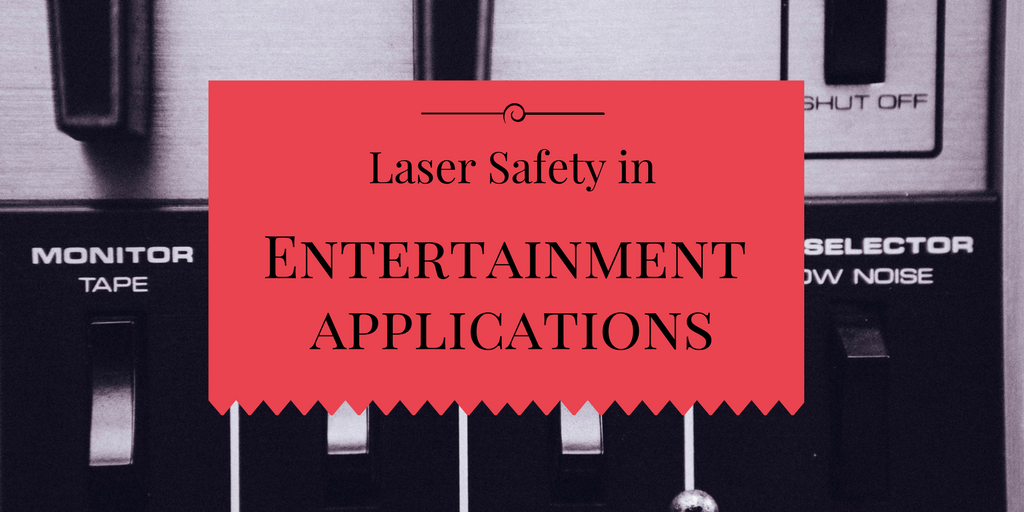By Karl Schulmeister The classification of lasers by the product’s manufacturer – from Class 1 to Class 4 – is a valuable means to provide the end user with simplified information about the potential hazards to the eye and skin. The concept of product classification can be considered a success story. Developed in the USA […]
Author: Steven Glover
Proposal of a New Laser Safety Guard Material & Its Protection Time Evaluation Method
KUNIHIKO WASHIO, TAKASHI KAYAHARA, YOSHIHIRO EMORI AND AKIRA FUJISAKI Thin metallic sheets made of aluminum or steel with a thickness of 1 to 2 mm are often used as laser guard materials. However, metallic laser guards are easily penetrated by high power laser irradiation due to quick melting. Therefore, their protection times are short. Current […]
Laser Safety in Entertainment Applications
By James Stewart, CLSO High power lasers are routinely used in entertainment environments as a special lighting effect. Historically such lasers could only be used in situations where the budget, infrastructure, (namely power supply and cooling), and space permitted. In recent years, however, these barriers have disappeared with the proliferation of low-cost solid-state laser light […]
Setting Up a Laser Lab? Avoid the Pitfalls
By Jamie J. King, CLSO The design of a laser laboratory is not only critical to its overall functionality, but more importantly to the safety of those who work in and around it. The safe planning of a laboratory is no accident. From conception to commissioning of the laser, safety must be involved in every […]
FDA’s Proposed Change to the Regulation of Laser Pointers
By Patrick Murphy In October 2016, the U.S. Food and Drug Administration (FDA) put forth a preliminary proposal to declare green, blue, yellow and violet laser pointers as “defective.” Only orange-red and red laser pointers would be allowed to be manufactured, imported or sold in the U.S. This proposal was in response to the thousands […]






